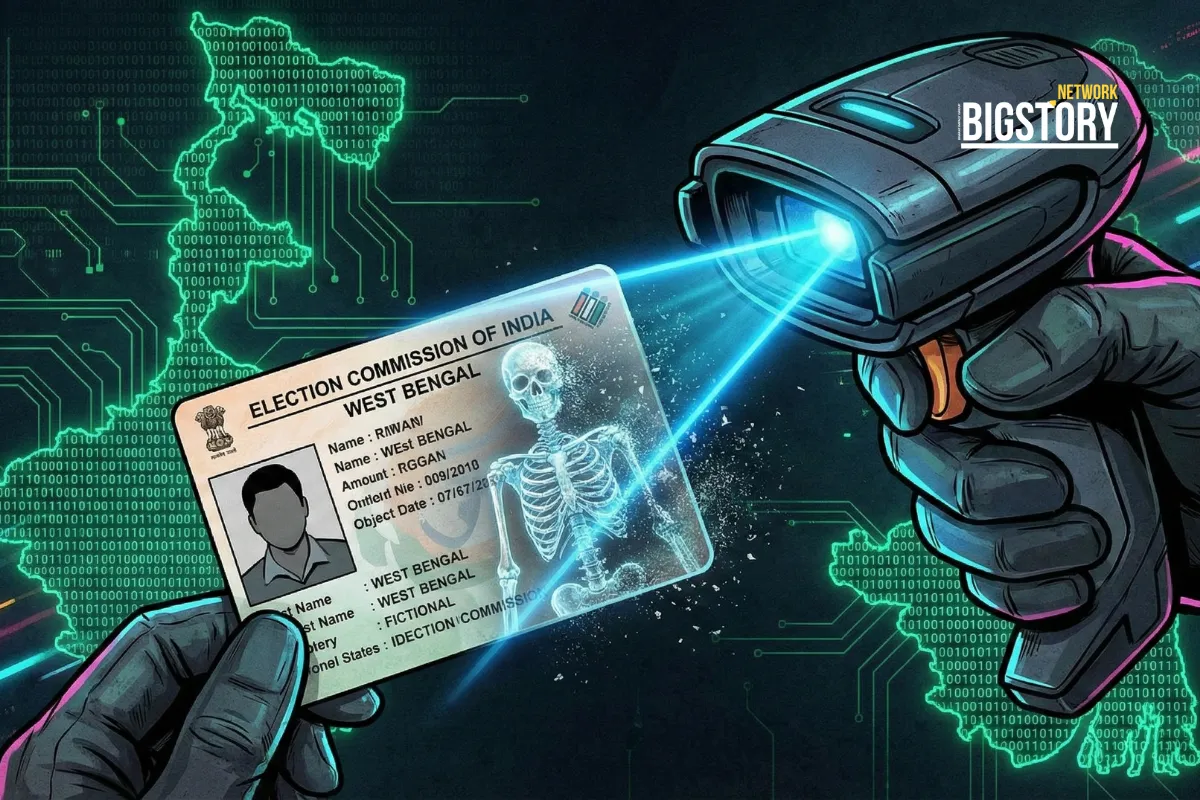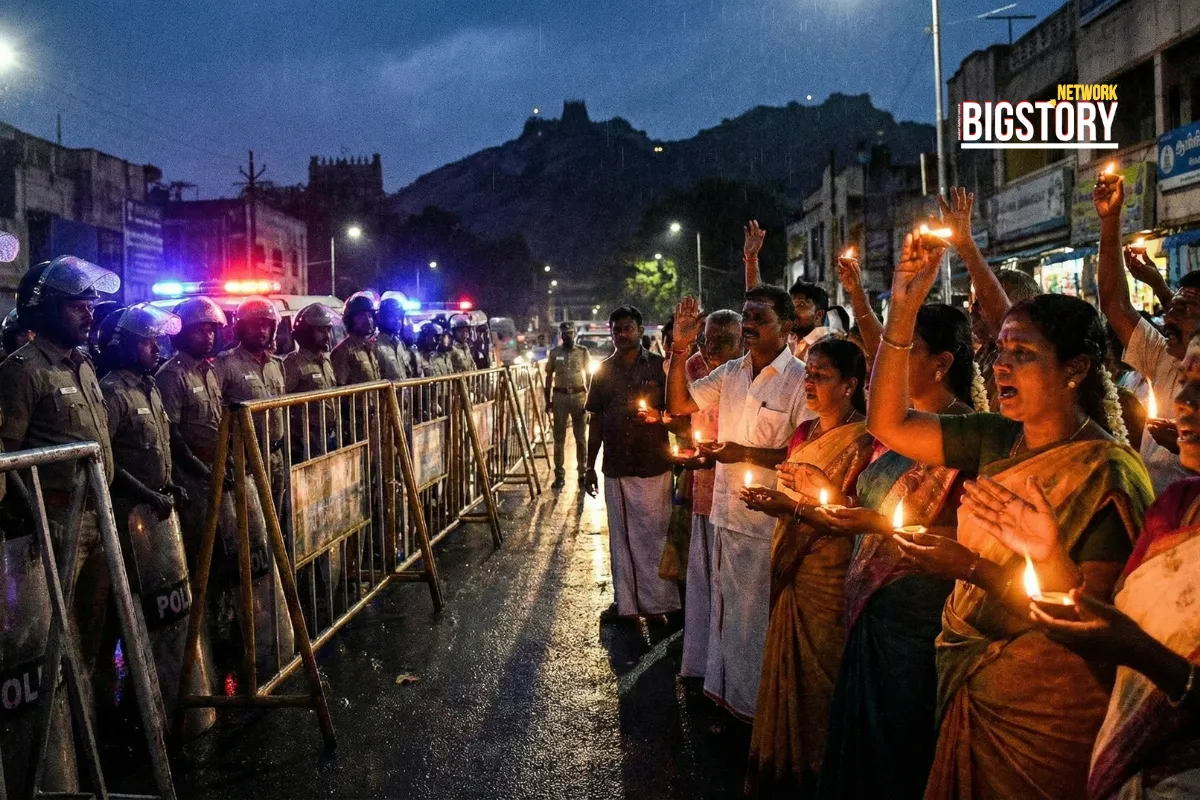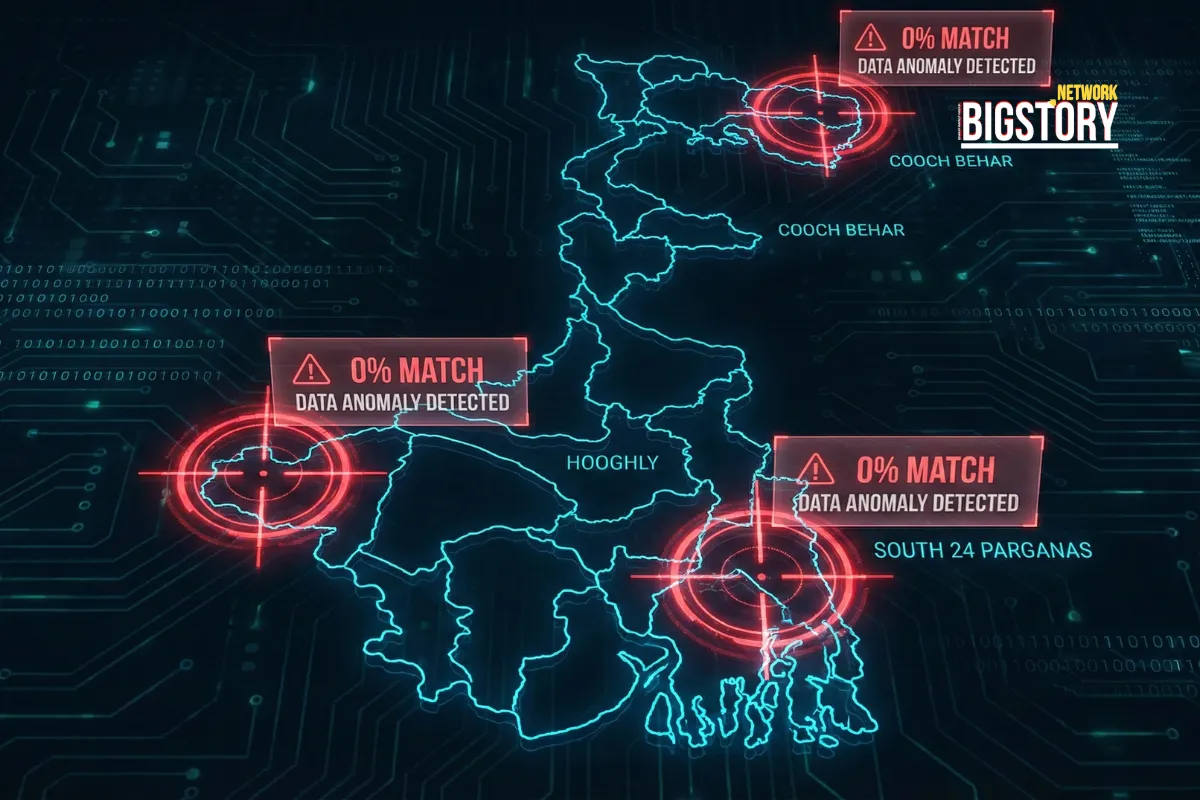Stay updated on Kolkata Metro expansion projects, new routes, timelines, and developments with BIGSTORY Network – your trusted source for city updates.
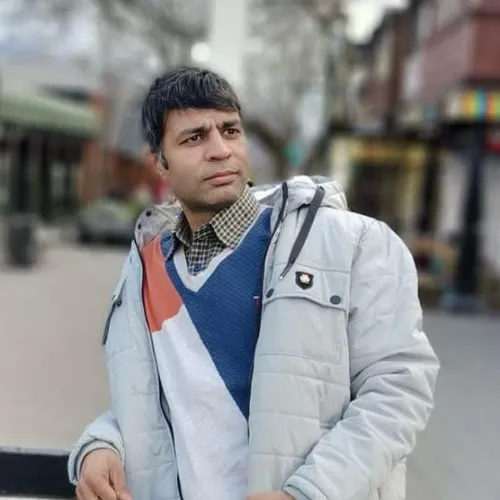 Manish Saini
Manish Saini
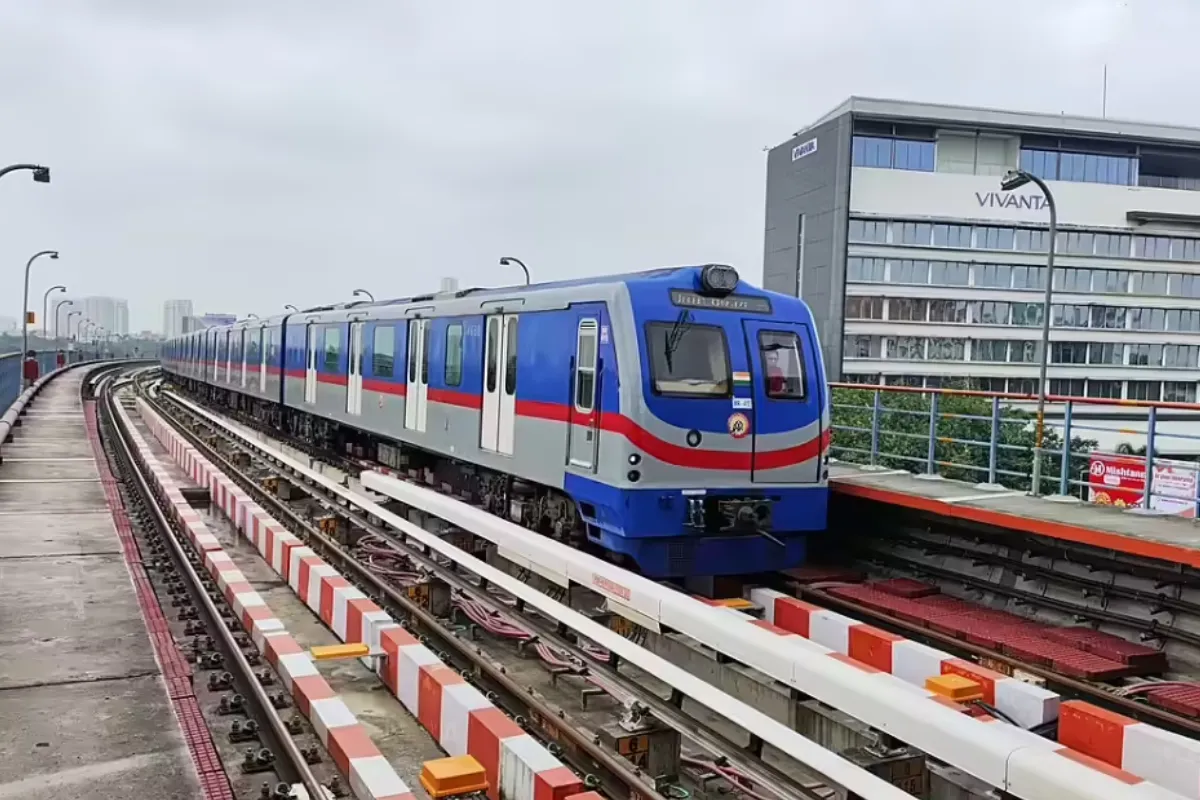
Kolkata, the cultural capital of India, is also home to the country’s first-ever metro system, launched in 1984. For years, the North-South metro line was the heartbeat of the city’s transport network. Today, the metro is undergoing massive expansion to match the growing needs of commuters. From new east-west connections to ambitious underwater tunnels, the Kolkata Metro expansion is set to redefine urban commuting.
BIGSTORY Network tracks this journey closely, bringing you news, progress updates, and insights into how these projects will shape the city’s future.
Kolkata faces heavy road congestion, with millions relying on buses, taxis, and trains every day. The metro offers a swift, eco-friendly alternative, reducing carbon emissions and easing pressure on surface traffic. Expanding the network has several advantages:
Perhaps the most ambitious project, the East-West Metro connects Salt Lake Sector V (IT hub) with Howrah Maidan on the west bank of the Hooghly.
Current Status: Parts of the corridor are already operational (Salt Lake Sector V to Sealdah), while the Sealdah–Howrah stretch with underwater sections is nearing completion.
This south Kolkata corridor aims to link Joka with central Esplanade.
Current Status: The Joka-Taratala stretch is partially operational, and construction on central portions is ongoing.
This line aims to provide direct metro connectivity to Netaji Subhas Chandra Bose Airport from the northern suburbs.
Challenges: Land acquisition and alignment issues delayed progress, but active construction now continues.
This corridor links New Garia in the south directly with the airport in the north.
Current Status: Partially completed, with phased openings expected soon.
The Kolkata Metro expansion is not just about trains and tunnels; it’s about transforming lifestyles:
Metro expansion in an old and busy city like Kolkata comes with challenges.
Despite these hurdles, the Kolkata Metro authorities, with support from the central and state governments, continue to push ahead.
Once fully operational, the Kolkata Metro will feature six corridors spanning over 110 km, making it one of India’s most extensive metro systems. Future plans include:
Commuters have already begun feeling the difference. While older north-south travelers praise the improved facilities, office-goers in Salt Lake and IT professionals are especially excited about the East–West segment. The under-river ride has also generated curiosity, turning into a symbol of pride for city residents.
The Kolkata Metro expansion is more than an infrastructure project; it represents the city’s leap toward modernity while retaining its old-world charm. Despite delays, each new stretch brings relief to thousands of commuters. With underwater tunnels, airport connectivity, and smart stations, Kolkata is building a transport system ready for the demands of the 21st century.
BIGSTORY Network will keep delivering real-time updates, construction milestones, and stories of people whose lives are changing with every metro route opened.

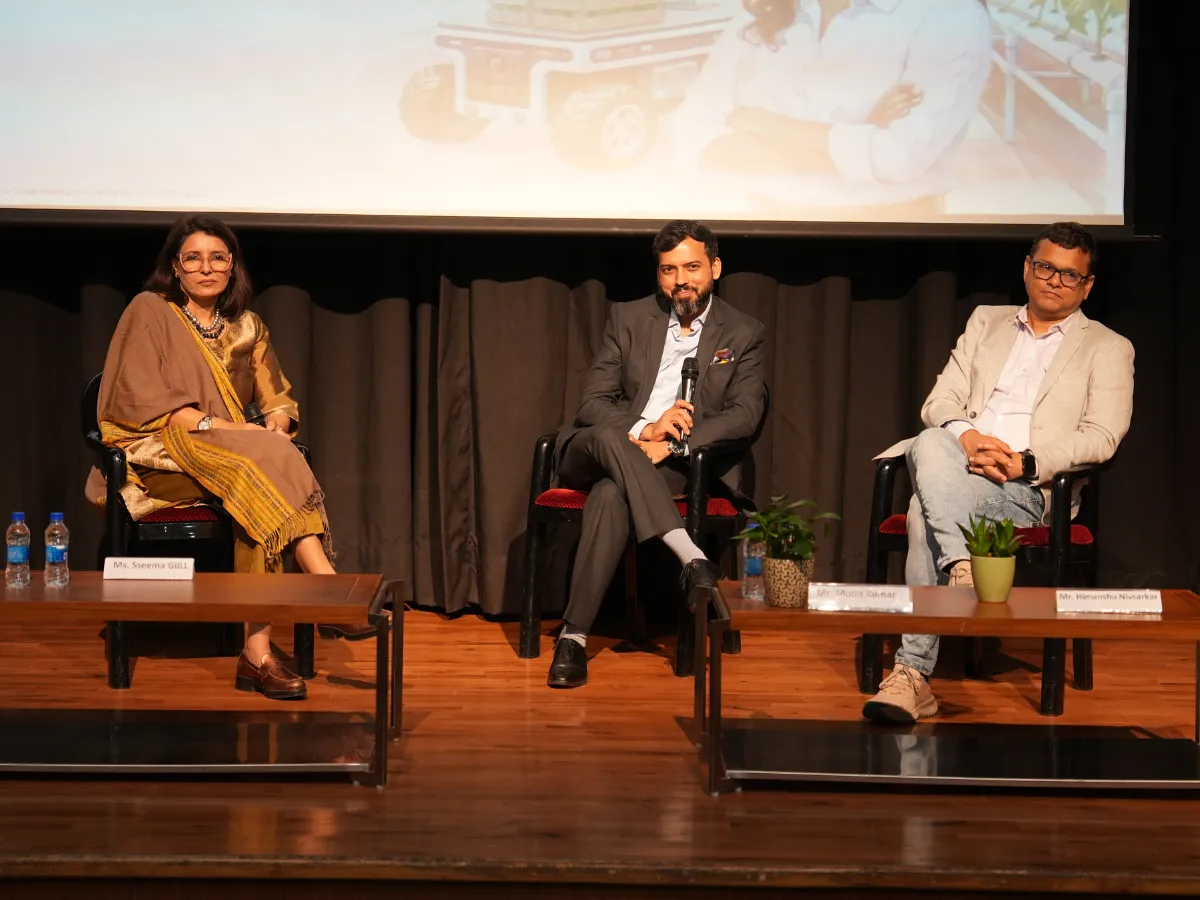

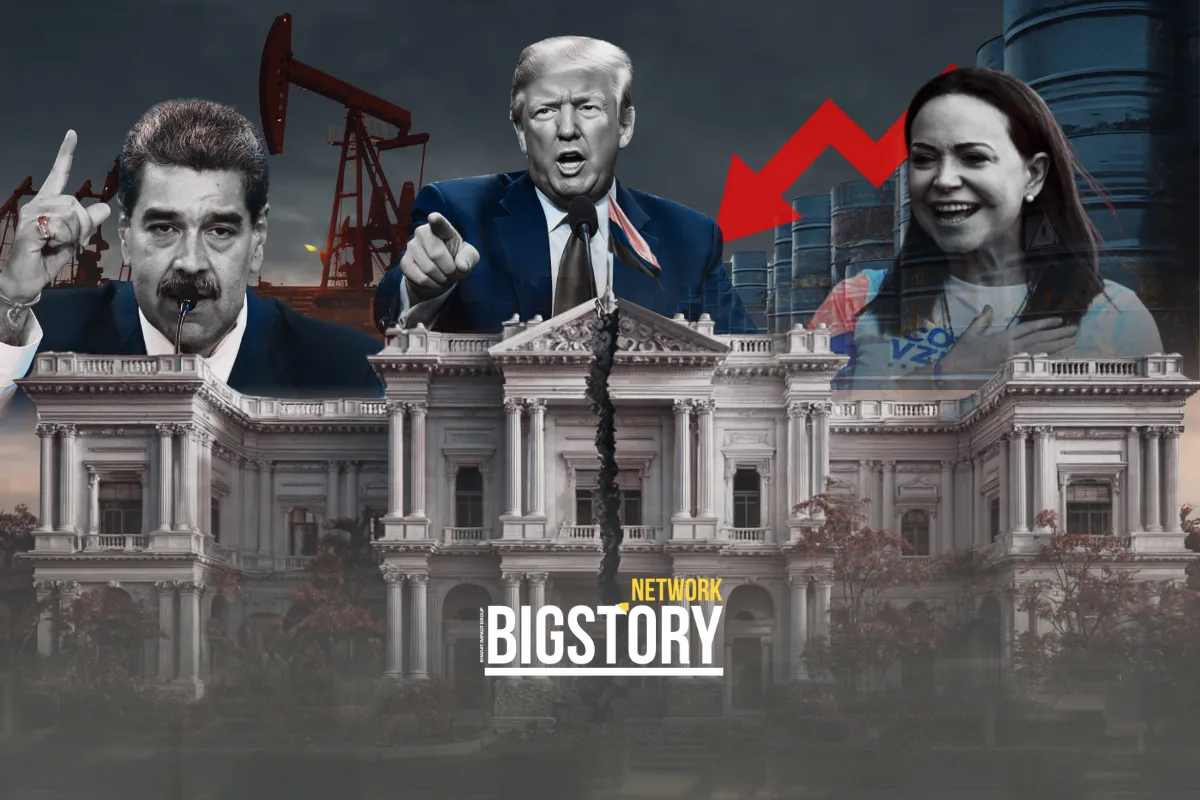
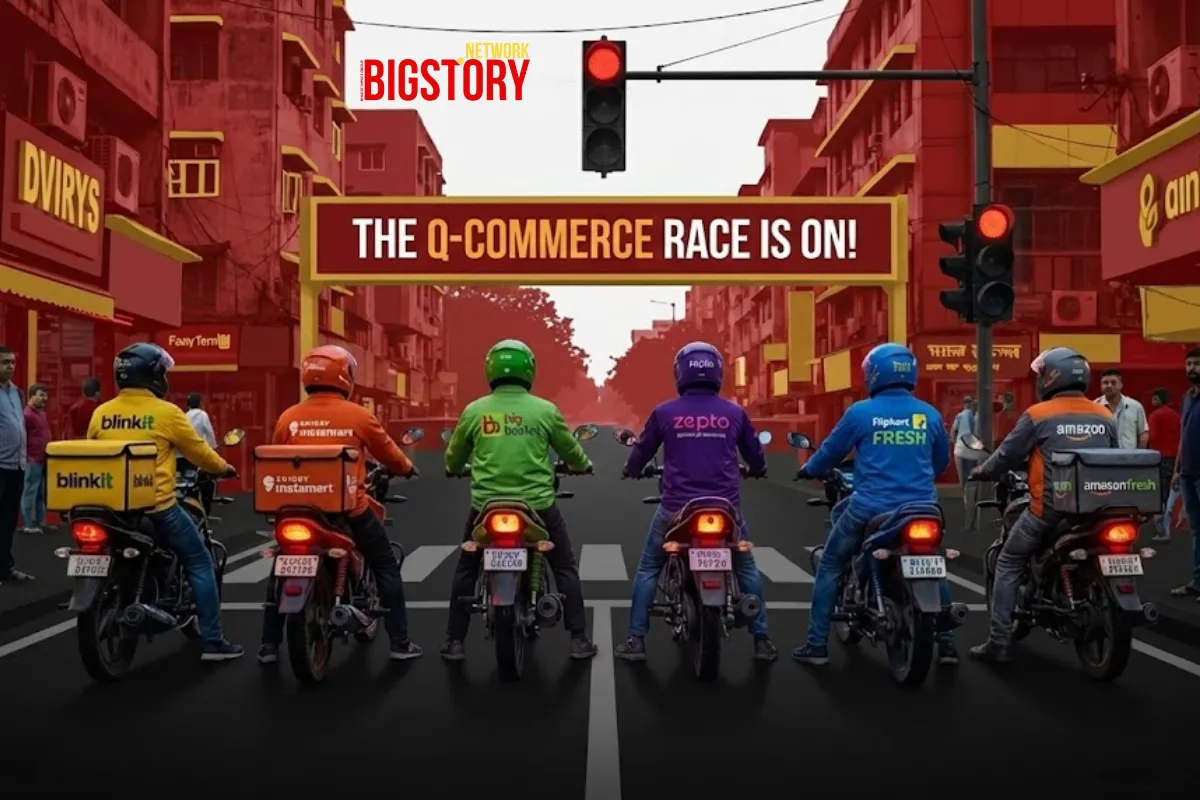

Sign up for the Daily newsletter to get your biggest stories, handpicked for you each day.
 Trending Now! in last 24hrs
Trending Now! in last 24hrs
